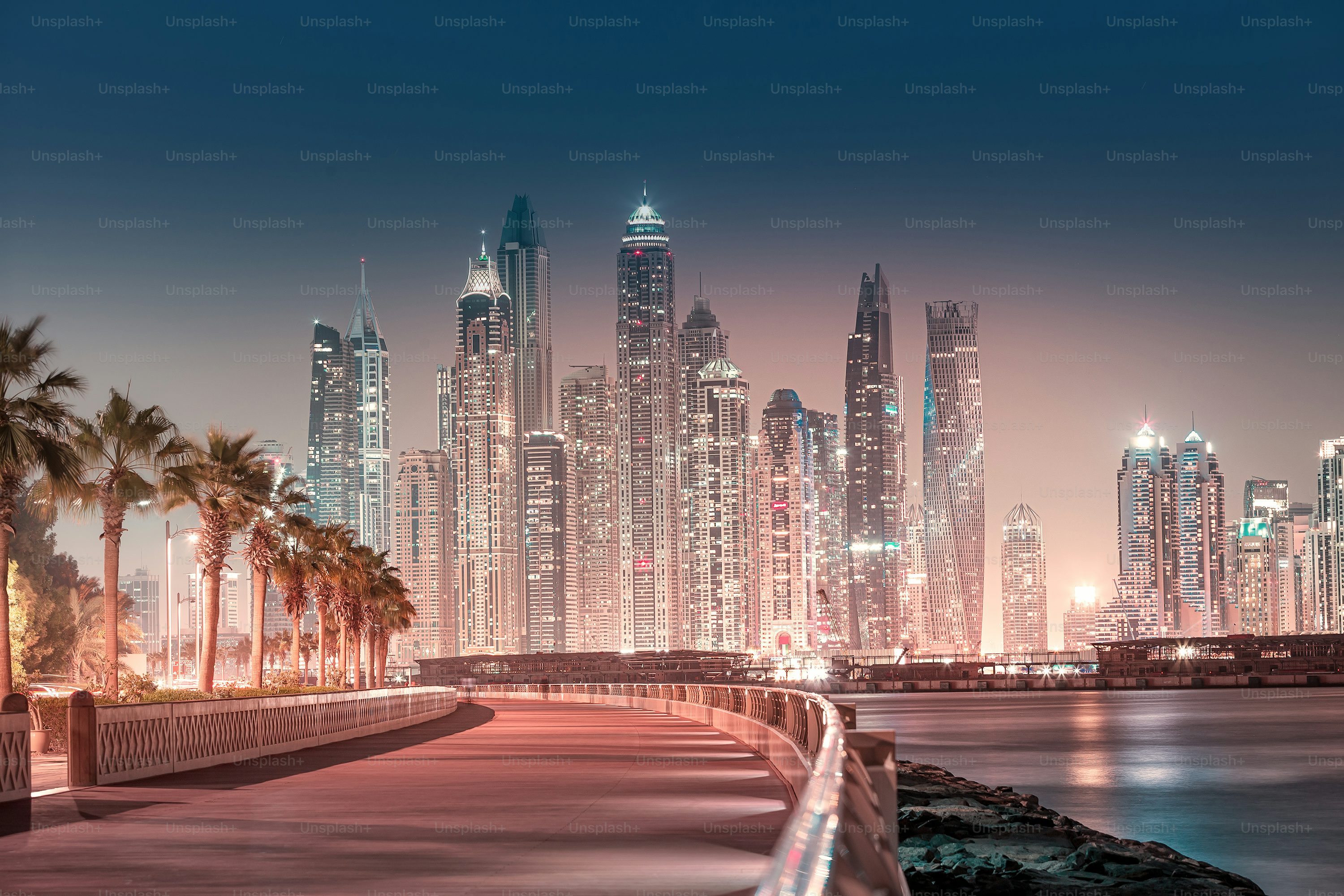WE ARE here to assist you!
Leave a message and get a personal answer

For a long time, “luxury living” in Dubai meant marble floors, designer kitchens, and a big pool downstairs. Today, that definition is changing. Wellness has become the new luxury. Buyers and tenants aren’t just asking how an apartment looks — they’re asking how it makes them feel.
Dubai has always been a city that sells lifestyle. But the version of lifestyle is shifting. It used to be about excess — bigger layouts, shinier finishes, high-rise prestige. In 2025, more people are asking a different set of questions:
That’s where wellness-centric living comes in. Developers are no longer just selling a home; they’re selling a healthier way to live.
A few things pushed this change forward:
When developers say “wellness-focused,” it’s not just about sticking a treadmill in a shared gym. The better projects are thinking holistically:
It’s the difference between building apartments people live in and building communities people live well in.
You can already see the market responding.
Wellness has moved from being a niche luxury to something people expect across different price brackets.
For investors, this isn’t just lifestyle fluff. Wellness sells — and it rents.
Apartments with wellness features tend to attract higher demand. Tenants, especially professionals and young families, will pay a premium for spaces that help them live better. And in resale, “wellness-certified” or wellness-focused developments often stand out in a crowded market.
It’s similar to how a decade ago, a swimming pool or gym boosted a building’s appeal. Today, a yoga studio or a rooftop meditation space carries that same weight — if not more.
Like with amenities in general, there’s a fine line between real wellness integration and marketing gimmicks.
A yoga studio that’s basically a carpeted spare room? That’s not it. A green wall in the lobby that dies after a few months? Also not it.
True wellness-focused living requires consistent design and upkeep: proper air systems, soundproofing, natural materials, well-maintained fitness and spa facilities. Without that, “wellness” is just a word on the brochure.
What’s interesting is that residents themselves are driving this trend. You’ll hear people say things like, “I chose this place because the light makes me feel calmer,” or “The yoga studio downstairs saves me time and keeps me consistent.”
In a way, wellness living is less about status and more about survival. In a city that runs fast, people are carving out spaces where they can slow down.
If wellness is part of your buying checklist, ask these questions:
Sometimes it’s not the most obvious features — a quiet reading lounge might improve your life more than a flashy sauna you’ll never use.
Wellness in Dubai real estate isn’t a passing fad. It’s a reflection of how people actually want to live now. Bigger kitchens and marble counters still catch the eye, but what keeps people committed to a home is how it makes them feel, day after day.
And in 2025, the apartments that truly stand out aren’t the ones with the most square footage. They’re the ones that give their residents balance — space to breathe, space to move, space to reset.
Because in a city built on ambition, wellness has quietly become the new measure of luxury.








Leave a message and get a personal answer